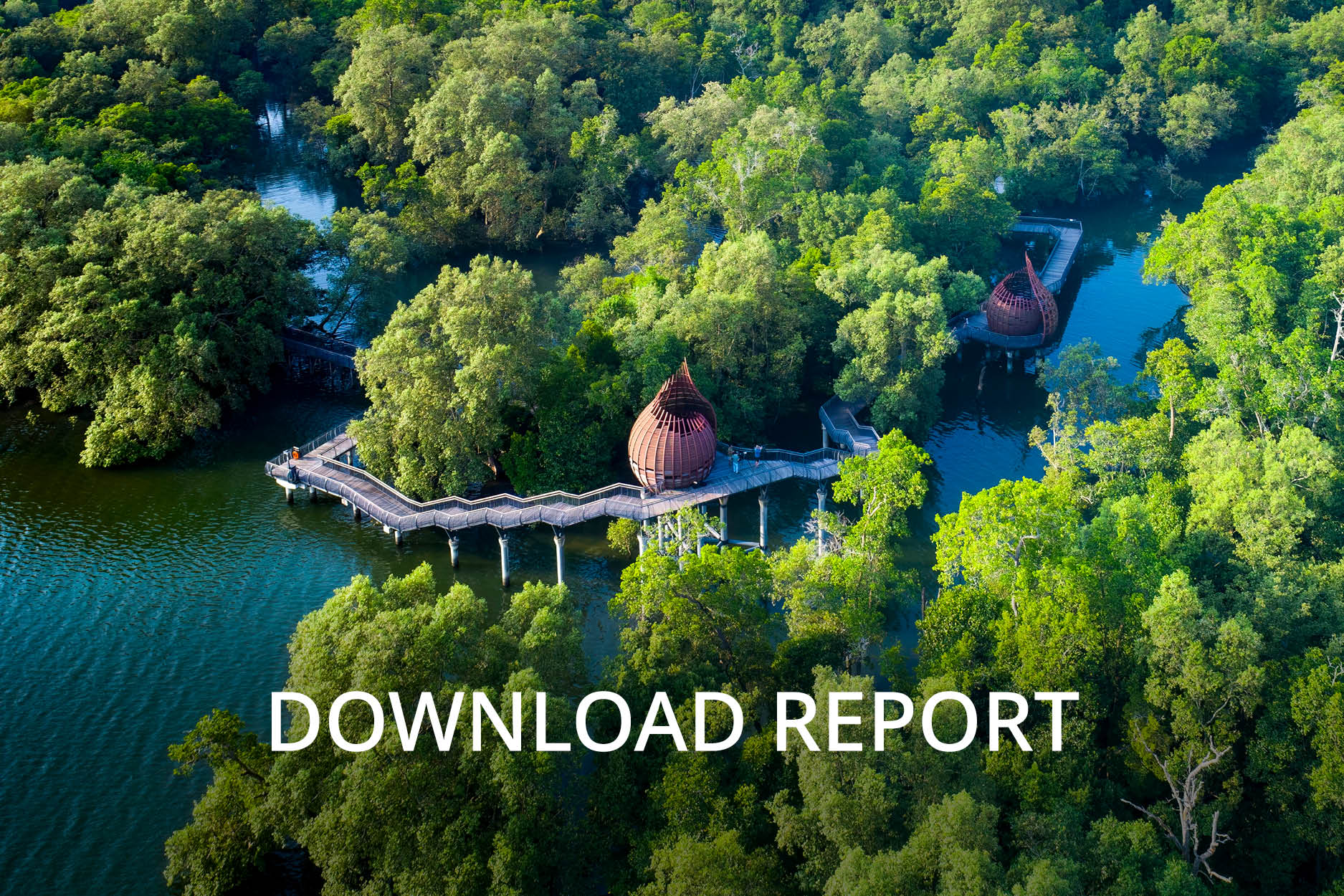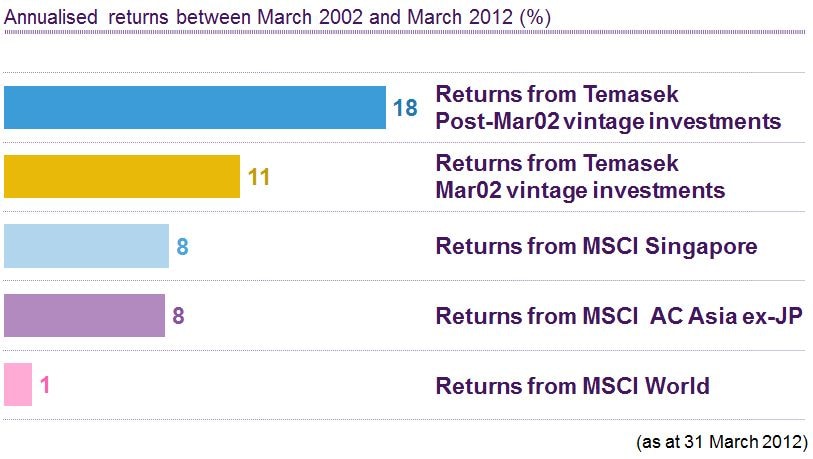Statement of Correction - Temasek's Performance and Contributions to the Singapore Government Budget
It has come to our notice that there were wrongful claims made recently that Temasek is involved in managing various community and endowment funds set up by the Singapore Government, and that these funds were somehow used to boost Temasek’s performance. There were also some misguided interpretations of the Net Investment Income (NII) and Net Investment Returns (NIR) Contributions in the budget reports of the Singapore Government, perversely describing these as capital to Temasek to boost Temasek returns.
Temasek is, first and foremost, a commercial investment company governed by the Singapore Companies Act.
Temasek owns and holds our investments as an owner and a long term investor. We aim to deliver sustainable returns over the long term.
We have published our Temasek Review annually since 2004, providing transparent information on our investment performance and our group financial summary, even though there is no requirement for us to do so.
We would like to share some facts on how our return to our shareholder is calculated, on our investment performance, and also on the indirect relationship between Temasek and the Singapore Government budget via the NII/NIR contributions.
Capital Injection Excluded from Calculation of Temasek’s Performance
A well-recognised performance measure for an investor is the Total Shareholder Return (TSR). This measures returns to a shareholder, as if the shareholder held an investment portfolio directly. It includes changes in the portfolio value and dividends paid to the shareholder, but excludes capital injections from the shareholder.
Temasek has a transparent and comprehensive report of our TSR, or returns to our shareholder, over various time periods. This includes our year to year returns, as well as returns over the medium and long term. These computations are reviewed by our auditors, and published annually in our Temasek Review. This information is also available on our website.
Capital injections are not regarded as a return, and hence do not “boost” investment returns for Temasek. Instead, any capital injection would simply enlarge the asset base over which Temasek must invest to generate the desired returns.
Neither is our investment performance boosted by imaginary and imaginative claims that we manage various community or endowment funds set up by the Singapore Government.
Funds such as the Edusave Endowment Fund, and other endowment or trust funds set up by the Singapore Government, are meant to support various community needs such as education or eldercare on a sustainable basis in Singapore for Singaporeans.
Temasek does not manage these public purpose funds. Temasek also does not manage or invest CPF savings of Singaporeans, or the foreign reserves of Singapore.
We fund our investments using dividends and other cash distributions we receive from our portfolio companies and other investments, divestment proceeds from sale of our investments, and borrowings and debt financing sources such as our Temasek Bonds and Euro-commercial Paper Programme. We have occasional net capital injections from our shareholder, which we report in our Temasek Review when these take place. Capital or asset injections become part of Temasek’s assets, which we own and manage for long term returns.
Temasek Investment Performance
We share again the total returns to our shareholder in the chart below. These TSR measure the compounded annualised returns over various time periods. We also include the TSR of the various MSCI indices over the same time periods for reference purposes, though these are not directly comparable since the indices comprise listed stocks, whereas our Temasek portfolio includes unlisted investments as well as cash/debt.
.png)
Fig.1: Temasek Total Shareholder Returns in Singapore Dollar terms over various time periods compared to various MSCI indices
We also provide the 10-year returns to Temasek, by vintage, in our annual reporting. This measures the aggregate returns that Temasek itself is getting directly from each of its investments. This does not take into account the total portfolio size of Temasek, which includes cash and other assets and liabilities.
Older vintage investments, invested more than 10 years ago, delivered annualised returns of 11% to Temasek over the last 10 years. Newer vintage investments made within the last 10 years, as Temasek actively invested into a growing Asia, delivered annualised returns of 18% over the last 10 years. Both vintages compare favourably with the various MSCI 10-year index returns as shown below.
Fig.2 Annualised Returns to Temasek in Singapore Dollar terms from pre- and post-2002 vintage investments, compared to annualised returns for various MSCI indices.
Temasek Contributions and Relationship to the Singapore Government Budget
Temasek pays dividends to its shareholder, the Minister for Finance. These dividends form part of the contributions to the Singapore budget under the item NII/NIR (Net Investment Income / Net Investment Returns) Contributions. Those interested in more details on the Singapore Government budget may access the Ministry of Finance website at www.mof.gov.sg
From our shareholder’s perspective, its returns from its investment in Temasek include dividends paid by Temasek to our shareholder as well as the changes in the value of the Temasek portfolio. Together, they measure the total shareholder returns for our shareholder.
We can confirm that the NII/NIRC item in the Singapore budget is not linked to the calculations of Temasek returns. Neither are they "capital" invested in Temasek and do not “boost” Temasek’s performance in any way.

